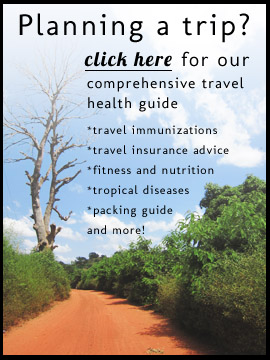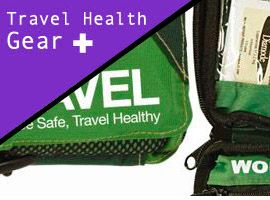A protein commonly found in wheat, gluten has been implicated in a variety of GI disorders, from basic intolerance to celiac disease. Any of these conditions can make it difficult to travel as gluten is an ingredient found in many staple products around the world. In this post, we will break down a few strategies that you can use to travel gluten-free. Yes, it can be done!
Plan ahead of time
The best way to make your dining experience while traveling as smooth as possible is to plan ahead. Start with doing some basic research on your destination. Find out what staple foods are available and beyond that, look into the presence of international dining options. Chances are, if you are in an urban area, you will find a wider variety of food options. If you are traveling in rural areas, more effort may be required to plan your meals.
The good news is that there are many places in the world where gluten is not heavily featured. For example, in many South American countries rice and corn based products can often be found more easily than wheat based foods. Grains like quinoa, which can be found in countries like Peru, are healthy, tasty and gluten-free. Do your research ahead of time and get a sense for how difficult (or easy) it will be to manage your diet.
Learn how to express your gluten allergy in the local language
This seems like a no-brainer, but you should take a step further. If you are looking up how to say gluten allergy in the local language, you should also look up how to say certain foods. After all, even if you correctly pronounce “gluten allergy” in the local language, you may get some bewildered looks because it’s possible that some locals don’t understand the concept. However, if you can produce some concrete examples along side it, you will make a lot more progress. For example, “I can’t eat bread, pasta, etc.”
Always pack a snack
It’s a good idea to have a gluten-free snack on hand if you really find yourself in a bind. You can buy these locally, make your own, or pack them ahead of time. There are some good standards that you can always go to: dried fruit and nuts, plantain chips, and popcorn, for example. There are also a number of food vendors that are making gluten free snacks now. Finally, you can always make some granola bars before traveling and stash them away.
Follow in the footsteps of others
You are not the only traveler with a gluten allergy. Plenty others have done it and continue to do so. Heed their advice and learn from their examples. In some cases, they have written extensively on their experiences. Take Jodi from the site Legal Nomads. Her site is a great travel resource in general, but there is particularly helpful advice if you are gluten intolerant.
Additional resources include Gluten Free Passport and this thread on the Lonely Planet forums which has a lot of great first-hand information.
If you have any of your own tips to share, drop them in the comments below.
Photo credit: flickr user HatM












{ 2 comments… add one }
Good review of the challenges of traveling with a gluten allergy. Traveling with any chronic medical condition takes research into the place you are visiting as well as preparations such as taking food and medicine with you. Of course, one important point is knowing what type of refrigeration is available to you in the area you are traveling. If food storage is unavailable or inadequate, dried food may be the way to go.
Very useful post. I think one important thing is understanding what type of fridge is available to you in the area you are journeying. If meals storage space is not available or insufficient, dry meals should be taken.